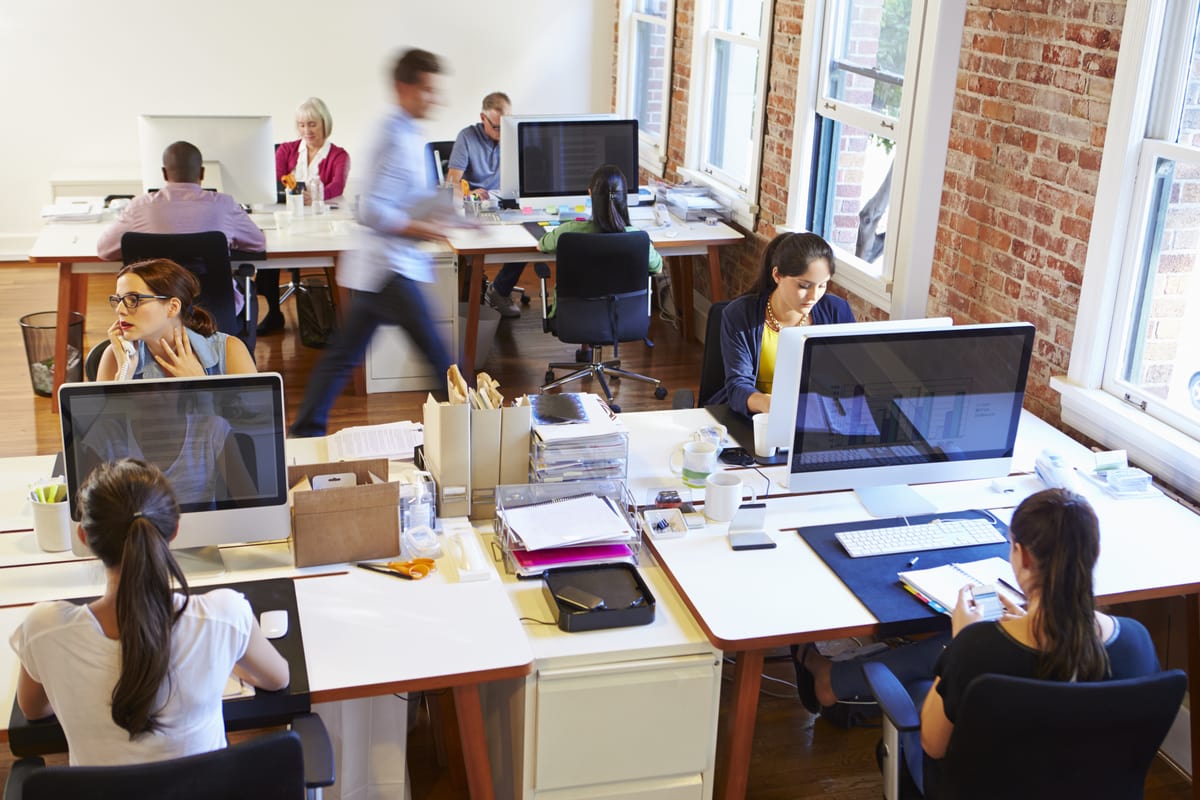
Best Practices for Office Cleanliness and Safety
Getting On the Same Page
A recent article offered some tips for keeping an office clean, sanitary, and safe. One of those tips mentioned getting everyone on the same page when it comes to best practices for office cleanliness and safety. We’d like to go into that a little further here.
Learn Your High-Touch Surfaces and High-Traffic Areas
Start by going through your office one area at a time and note the traffic you expect, as well as the high-touch surfaces in each space. Office-wide, these are going to include:
- Doorknobs
- Light switches
- Computer monitors
- Keyboards and mice
- Tables
- Desks
- The backs and arms of chairs
Don’t forget high-touch spots in areas of transit like hallways, stairways, elevator banks, and reception areas:
- Handrails
- Push/pull surfaces
- Elevator buttons
- Coat racks and hangers
Pay particular attention to the items in your kitchen/breakroom and bathrooms:
- Sinks and faucets
- Refrigerator
- Coffee machine
- Dishes
- Toaster oven and microwave
- Towel dispensers
- Soap dispensers
- Toilet handles
- Stall doors and handles
- Changing tables
- Item dispensers
- Trash cans
Develop and Schedule a Plan of Action
Once you know your problem areas, it’s time to chart a course of action. If you have a building with a janitorial staff, have a meeting with them to decide the best way to handle all the tasks. If you have a smaller office with a few employees, delegate or divide the items amongst yourselves. Either way, make sure they’re regularly scheduled so nothing slips through the cracks. Posted schedules, daily checklists, weekly charts, etc. are all ways to help stay on top of what needs done. Each office’s needs will vary, but a daily cleaning of high-touch areas, along with intermittent deep cleaning (including carpets, upholstery, windows, etc.) will keep your working environment clean, disinfected, and protected.
Have a Contingency Plan
Even the most well-prepared offices are going to have to adjust to business and life occurrences. For example, a holiday party, stockholder and board meetings, conferences, etc. will all require some extra cleaning and disinfecting. So, too, will flu season and the beginning of the school year, a time when the common cold spreads rapidly through households. You also might want to consider step up the frequency if your community is experiencing an outbreak of some kind. Finally, have a contact tracing plan in place in the event of a COVID-19 outbreak. It will help mitigate some of the fallout and employees will feel much safer knowing there’s a course of action.
This is by no means an extensive list, and as we said above, each office will have a unique plan that best suits their needs. However, this list should serve as a good guide to start. Having a best practices plan in place leads to happy, healthy employees, fewer sick days, and increased productivity. In short, it’s just good business.
